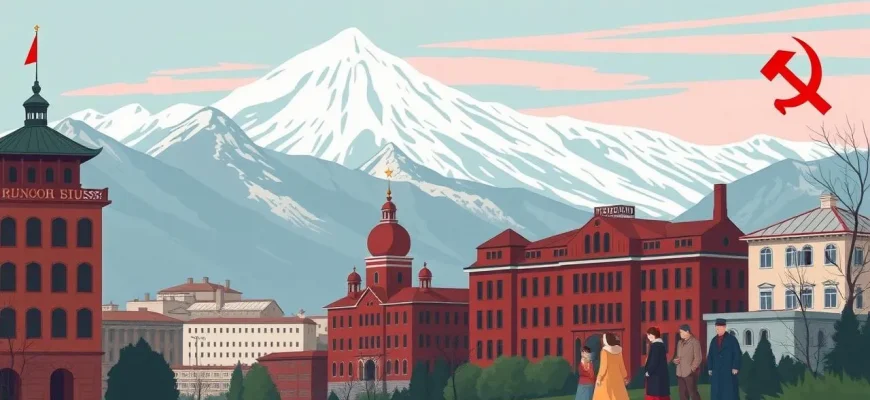The Caucasus region, with its breathtaking landscapes, rich cultural tapestry, and diverse ethnic groups, has long been a source of inspiration for filmmakers. This curated collection of Soviet films showcases the unique charm, traditions, and stories of the Caucasus, offering viewers a cinematic journey through time and tradition. From the humor of Georgian comedies to the poignant narratives of Azerbaijani dramas, these films provide an authentic look at life in this fascinating part of the world, often with a touch of Soviet-era nostalgia.
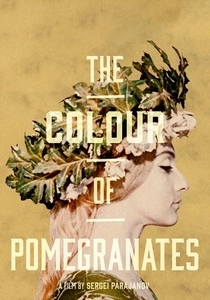
The Color of Pomegranates (1969)
Description: This visually stunning film by Sergei Parajanov is a poetic exploration of the life of the Armenian poet Sayat-Nova, set in the Caucasus. It's known for its surreal imagery and symbolic storytelling.
Fact: The film was banned in the Soviet Union for its abstract style, but it has since gained international acclaim.
 Watch Now
Watch Now 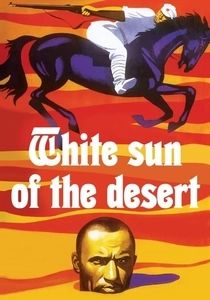
The White Sun of the Desert (1970)
Description: Although primarily set in Central Asia, this film features a significant subplot involving a character from the Caucasus, showcasing the region's influence on Soviet cinema.
Fact: The film has become a cult classic in Russia, with its famous line "The East is a delicate matter" often quoted.
 Watch Now
Watch Now 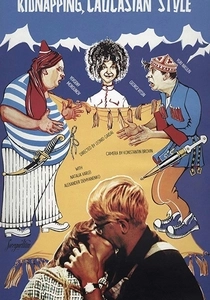
Kidnapping, Caucasian Style (1967)
Description: This iconic Soviet comedy captures the essence of Caucasian hospitality and humor. It tells the story of a young woman who is kidnapped by a group of men to be married off, only for the situation to spiral into a series of comedic misunderstandings.
Fact: The film was so popular that it inspired a stage musical and several remakes. It's often cited as one of the funniest Soviet films.
 30 Days Free
30 Days Free 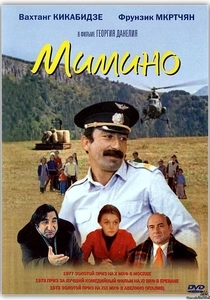
Mimino (1977)
Description: A heartwarming story about a Georgian helicopter pilot who dreams of flying international routes. His journey takes him from the Caucasus to Moscow, highlighting the cultural differences and similarities between the regions.
Fact: The film was directed by the legendary Georgian director Georgiy Daneliya and won the Golden Prize at the Moscow International Film Festival.
 30 Days Free
30 Days Free 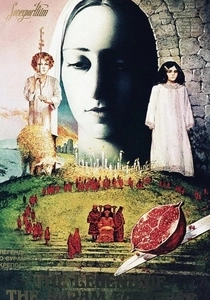
The Legend of Suram Fortress (1984)
Description: This film, directed by Sergei Parajanov, tells a legendary tale from Georgia about a fortress that can only be completed with the sacrifice of a young man. It's a visually rich narrative steeped in folklore.
Fact: Parajanov was known for his unique visual style, which is vividly displayed in this film.
 30 Days Free
30 Days Free 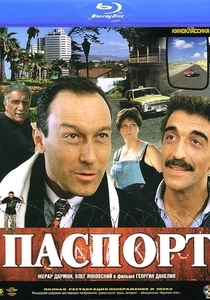
The Passport (1990)
Description: This film, set in the Caucasus, deals with themes of identity and bureaucracy, focusing on a man's struggle to obtain a passport to leave the Soviet Union.
Fact: It was one of the first Soviet films to openly critique the bureaucratic system.
 30 Days Free
30 Days Free 
The Caucasian Chalk Circle (1985)
Description: Based on Bertolt Brecht's play, this film adaptation explores themes of justice and motherhood set against the backdrop of the Caucasus. It's a tale of a peasant girl who adopts a child during a time of war and chaos.
Fact: The film was shot in Georgia, showcasing the region's stunning landscapes and traditional architecture.
 30 Days Free
30 Days Free 
The Wedding (1978)
Description: A comedic look at the preparations for a traditional Georgian wedding, showcasing the region's customs, music, and dance.
Fact: The film was a box office hit in the Soviet Union, known for its lively depiction of Georgian culture.
 30 Days Free
30 Days Free 
The Fall of Otrar (1991)
Description: Although not exclusively about the Caucasus, this epic historical drama includes scenes set in the region, exploring the cultural and historical ties between Central Asia and the Caucasus.
Fact: The film was one of the last major Soviet productions before the dissolution of the USSR.
 30 Days Free
30 Days Free 
The Tree of Desire (1976)
Description: A tale of love and tradition set in Azerbaijan, this film explores the clash between old customs and modern life in the Caucasus.
Fact: The film was praised for its authentic portrayal of Azerbaijani culture and its poetic storytelling.
 30 Days Free
30 Days Free 
